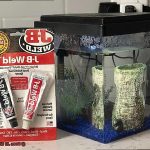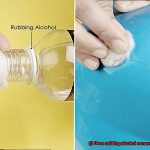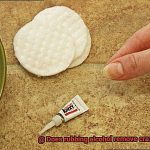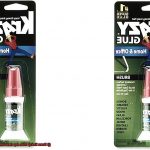Have you ever felt the frustration of trying to glue a broken nylon item, only to have it fall apart again shortly after? You’re not alone in this struggle. Nylon is notoriously difficult to glue, and finding the right adhesive can be a daunting task. But don’t throw in the towel just yet. In this blog post, we will dive into the question “Does nylon glue well?” and equip you with the knowledge you need to successfully glue your nylon items back together.
First things first, let’s talk about why nylon is such a challenging material to bond. Unlike wood or metal, nylon is nonporous and lacks small openings or pores for adhesives to seep into for a strong hold. Additionally, its low surface energy makes it resistant to sticking.
But don’t lose hope just yet. With the right adhesive, nylon can be bonded successfully. There are specialized adhesives that are designed specifically for bonding with nylon, and they are incredibly strong and durable. The key is finding the perfect one for your project.
In this post, we’ll take an up-close look at various types of adhesives that work best with nylon and highlight their strengths and weaknesses. We’ll also provide some tips and tricks on how to use them effectively, so you can confidently glue your nylon items back together like a pro.
So what are you waiting for? Let’s unlock the secrets of gluing nylon once and for all.
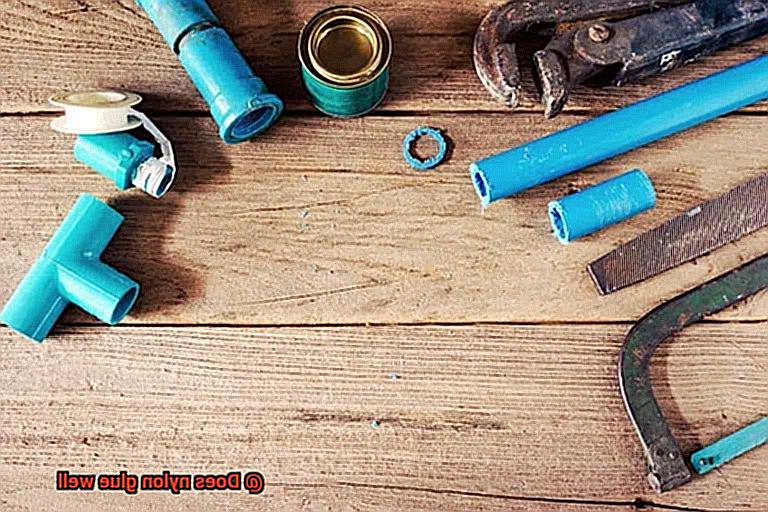
What is Nylon?
Contents
- 1 What is Nylon?
- 2 Why is Bonding Nylon Difficult?
- 3 What Types of Adhesives Work Best with Nylon?
- 4 How to Choose the Right Adhesive for Bonding Nylon
- 4.1 Types of Adhesives
- 4.2 Cyanoacrylate adhesives are fast-drying and provide a strong bond with nylon. However, they may not be ideal for applications subjected to high stress or temperature fluctuations.
- 4.3 Urethane adhesives are flexible and have good impact resistance, making them ideal for applications where the bonded parts will be subjected to stress or vibration. They also have good chemical resistance and can withstand high temperatures.
- 4.4 Type of Nylon
- 4.5 Environmental Conditions
- 4.6 Surface Preparation
- 4.7 Follow Instructions
- 5 The Benefits of Using Epoxy and Cyanoacrylate Adhesives for Bonding Nylon
- 6 Other Types of Adhesives That Can Bond with Nylon
- 7 Proper Surface Preparation Techniques for Optimal Bonding Results
- 8 Conclusion
Nylon is a remarkable synthetic thermoplastic material that has been in use since the 1930s and has become a favorite choice for many industries due to its exceptional strength, durability, and resistance to wear and tear. From clothing, upholstery, and carpets to industrial applications like ropes and gears, nylon’s versatility makes it a highly sought-after material.
One of the most tantalizing questions about nylon is whether it bonds well or not. The answer is not straightforward as it depends on the type of adhesive used and the specific application being considered. Nylon is a non-polar material with low surface energy, making it difficult for adhesives to form strong chemical bonds with it.
However, some adhesives bond well with nylon. Epoxy and cyanoacrylate (super glue) are two popular options that work by filling in the gaps between the nylon molecules. This creates a strong mechanical bond that holds up under stress. It’s worth noting that not all epoxy and cyanoacrylate adhesives are suitable for bonding nylon. Some may require specific formulations or pretreatment of the nylon surface to ensure proper bonding.
In addition to epoxy and cyanoacrylate, there are other types of adhesives that can bond with nylon, such as polyurethane and acrylic. These adhesives create a chemical bond with the nylon surface, providing reliable bonding results.
To ensure optimal bonding results, it’s vital to select the right adhesive based on the specific application and follow proper surface preparation techniques. Nylon’s unique properties make it an excellent choice for many industries, from fashion to aerospace. Understanding how it reacts with different types of adhesives can help guarantee its successful use in various applications.
Why is Bonding Nylon Difficult?
Nylon, a synthetic thermoplastic polymer, is known for its durability, lightweight structure, and resistance to abrasion and chemicals. However, these same properties that make it an excellent material also make it a difficult one to bond.

Nylon’s smooth surface and low surface energy make it hard for most adhesives to adhere properly. This results in uneven adhesive spread and weak bonds. The flexibility of nylon can also pose a problem as it can expand and contract with temperature changes, causing the adhesive bond to weaken over time.
To add to the challenge, nylon often contains additives and mold release agents used in its manufacturing process, which can interfere with the bonding process and prevent adhesives from sticking correctly.
Finally, nylon’s sensitivity to moisture presents another obstacle. Any moisture on the surface of the material can cause the adhesive to break down or form bubbles, weakening the bond between the nylon and adhesive.
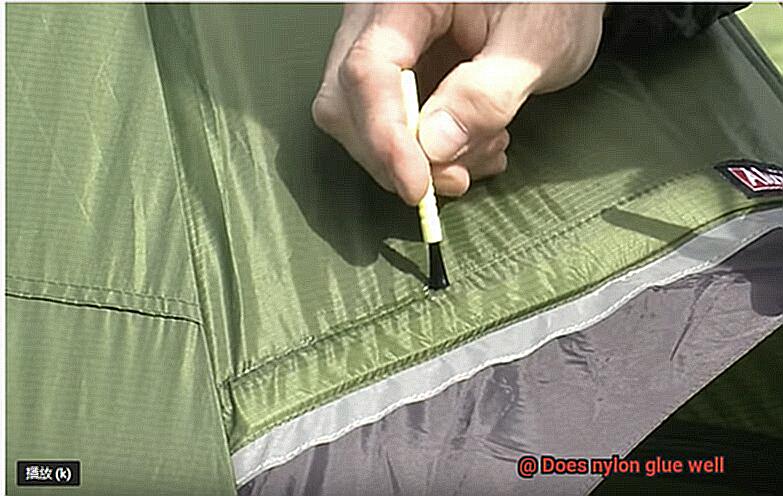
To successfully bond nylon, it is crucial to choose the right adhesive and follow proper preparation methods. Consider using an adhesive specifically designed for bonding nylon to overcome these challenges. Preparing the surface by cleaning it thoroughly and removing any additives or mold release agents is also essential.
What Types of Adhesives Work Best with Nylon?
If you’re working with nylon, you may be wondering which adhesives will bond effectively with this tough and durable material. Nylon has a low surface energy, which can make it resistant to bonding with most adhesives. However, there are some types of adhesives that work well with nylon. Here are five sub-sections that provide detailed information on the best adhesives for bonding nylon:
Super Glue (cyanoacrylate)
This fast-drying adhesive is one of the most popular choices for bonding nylon. It forms a strong bond by reacting with moisture in the air. Super glue is particularly effective for small nylon parts, but can become brittle over time, so it’s not recommended for larger projects.
Epoxy
Epoxy is a two-part adhesive that forms a strong bond between nylon and other materials. It’s an excellent choice when bonding nylon to metals, providing a long-lasting bond that is resistant to water, heat, and chemicals. Epoxy cures slowly, giving you time to position and adjust your project before it sets.
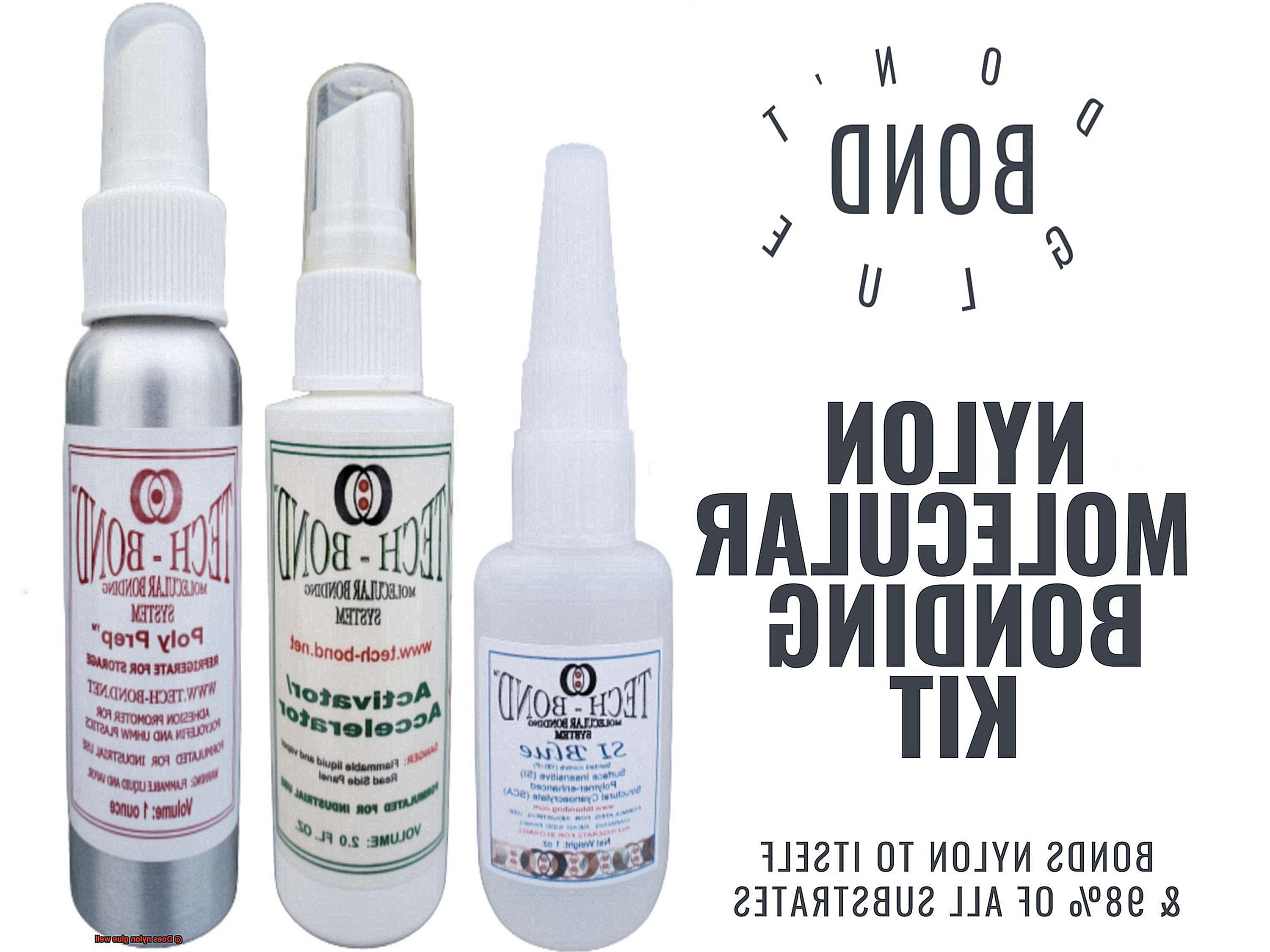
Polyurethane

This adhesive works by reacting with moisture in the air to form a strong bond between nylon and other materials such as plastics or wood. Polyurethane adhesives are particularly effective when bonding nylon to other plastics or wood as they have good flexibility and can withstand high levels of stress.
Hot Melt Adhesives
These fast-drying adhesives are perfect for bonding nylon to fabrics or foam as they melt and flow easily onto the surface to be bonded. Hot melt adhesives form a strong bond that can withstand high temperatures and stress, making them ideal for use in industrial applications.
Specialty Adhesives
Some manufacturers produce specialized adhesives designed specifically for use with nylon. These adhesives are often formulated to work well with other materials commonly used in conjunction with nylon, such as plastics and metals. They are an excellent choice when bonding difficult-to-bond materials or for applications that require the highest level of strength and durability.
How to Choose the Right Adhesive for Bonding Nylon
Nylon is a versatile and durable material used in various industries, from fashion to automotive and aerospace. However, bonding nylon can be a challenge due to its smooth, non-porous surface. To achieve a successful and long-lasting bond, it’s essential to choose the right adhesive for the job.
Types of Adhesives
There are several types of adhesives that can be used for bonding nylon, including cyanoacrylate (super glue), epoxy, urethane, and acrylic adhesives. Each adhesive has its own unique properties and benefits, making it essential to choose the right one for your specific application.
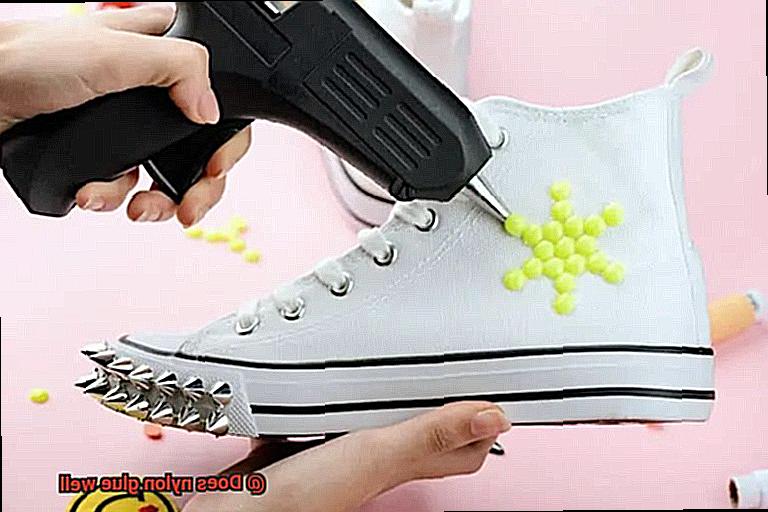
Cyanoacrylate adhesives are fast-drying and provide a strong bond with nylon. However, they may not be ideal for applications subjected to high stress or temperature fluctuations.
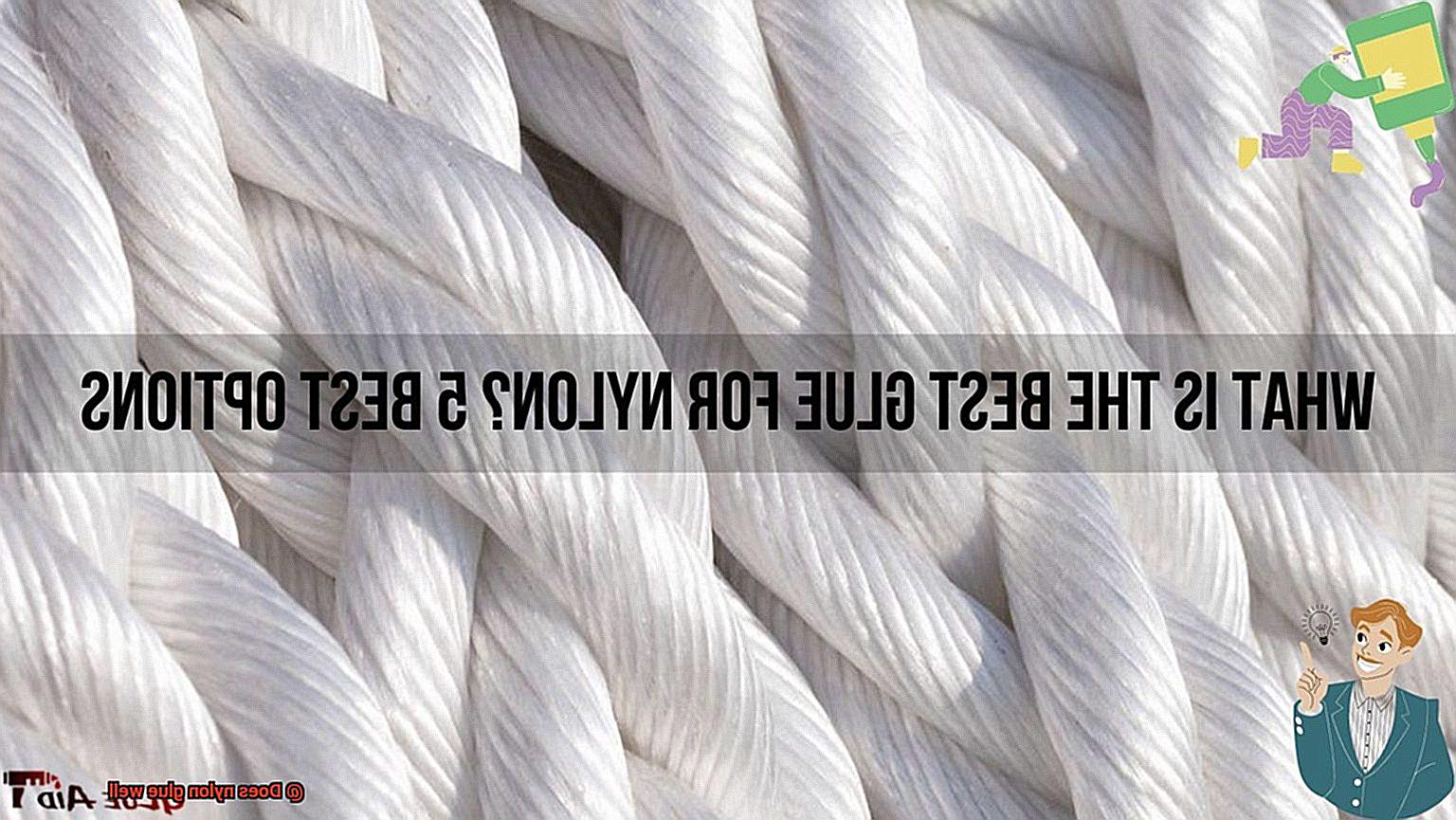
Epoxy adhesives are known for their strength and durability, making them a popular choice for bonding nylon. They also have good chemical resistance and can withstand high temperatures. However, they require mixing before use and may take longer to cure than other adhesives.
Urethane adhesives are flexible and have good impact resistance, making them ideal for applications where the bonded parts will be subjected to stress or vibration. They also have good chemical resistance and can withstand high temperatures.
Acrylic adhesives offer excellent bonding strength with nylon and other plastics. They have good resistance to UV light and weathering, making them ideal for outdoor applications. However, they may not be as strong as other types of adhesives and may require longer cure times.
Type of Nylon
Choosing the right adhesive also depends on the type of nylon being bonded. Different grades of nylon, such as nylon 6 and nylon 66, may require different types of adhesives. Therefore, it’s important to check the manufacturer’s recommendations for bonding their particular grade of nylon.
Environmental Conditions
Another critical factor to consider is the application and environment in which the bonded nylon will be used. Will it be exposed to high temperatures, humidity, or UV light? Will it be subjected to stress or vibration? The answers to these questions will determine the type of adhesive needed for a strong bond.
Surface Preparation
Before applying any adhesive, proper preparation of the nylon surface is crucial for achieving a strong bond. The surface should be cleaned thoroughly with a solvent like rubbing alcohol or acetone to remove any oils or contaminants that could interfere with the bonding process. Abrading the surface with sandpaper or a wire brush can also help create a rougher surface for better adhesion.
Follow Instructions
Each adhesive has its own unique properties and benefits, so it’s important to follow the manufacturer’s instructions for proper surface preparation and curing times to ensure a strong and durable bond. Skipping or altering these steps can lead to a weak bond that may fail under stress.
The Benefits of Using Epoxy and Cyanoacrylate Adhesives for Bonding Nylon
If you’re working with nylon, you know that bonding it can be a challenge. The smooth surface and low surface energy of this synthetic polymer make it difficult to find the right adhesive for the job. But fear not, there are options that can make this process easier and more efficient – epoxy and cyanoacrylate adhesives.
Epoxy adhesives are a reliable choice for bonding nylon due to their high strength and durability. They create a strong chemical bond by mixing a resin with a hardener, which creates a lasting connection. This adhesive is ideal for larger surface areas or when a long cure time is needed. Additionally, epoxy adhesives have good chemical resistance, making them suitable for harsh environments.
On the other hand, cyanoacrylate adhesives, also known as superglue, are perfect for smaller surface areas or when a rapid cure time is required. These fast-acting adhesives work by reacting with moisture in the air to form a strong bond between two surfaces.
Both of these adhesives offer excellent benefits for bonding nylon. Epoxy adhesives offer high strength, durability, and reliability while cyanoacrylate adhesives provide quick bonding for smaller areas. However, it’s important to properly prepare the surfaces before application to ensure maximum adhesion.
Cleaning the surfaces with a solvent such as acetone or alcohol will remove any dirt or oils that may interfere with the bond. This step is crucial in achieving a strong bond between the nylon and adhesive.
Other Types of Adhesives That Can Bond with Nylon
Nylon is a synthetic polymer that can pose a challenge when it comes to bonding it with other materials using traditional adhesives. However, there are several other adhesive options that can effectively bond with nylon, depending on the specific application and environmental conditions.
Epoxy is a two-part adhesive that requires mixing before use. Once mixed, it creates a strong and durable bond that can withstand high stress and pressure. This makes it an ideal choice for industrial applications such as aerospace and construction. Furthermore, epoxy is resistant to water and chemicals, making it an excellent choice for harsh environments.
Cyanoacrylate, also known as super glue, works by creating a chemical reaction when it comes into contact with moisture in the air or on the surface of the materials being bonded. While this adhesive dries quickly, it should not be used on surfaces that will be subjected to constant stress or pressure. It is best used for small repairs or projects.
Polyurethane adhesives are known for their flexibility and ability to bond with a wide range of materials, including plastic, rubber, and metal. They provide a strong and flexible bond that can withstand a range of environmental conditions. This makes them ideal for use in automotive and construction applications where flexibility and strength are necessary.
Hot melt adhesives are applied in a molten state and solidify when they cool down. They are often used in packaging, woodworking, and bookbinding applications. While they may not be suitable for all types of bonding applications involving nylon, they can provide a strong bond in certain situations.
Acrylic adhesives are often used in the automotive industry to bond plastic parts together. They provide a strong bond that is resistant to heat and chemicals. This makes them ideal for use in high-stress environments.
Proper Surface Preparation Techniques for Optimal Bonding Results
If you’re looking to bond nylon materials, proper surface preparation techniques are crucial to achieving optimal results. As an expert in this field, I can guide you through the process and help you achieve a secure and long-lasting bond.
Nylon is a thermoplastic material with a low surface energy, which can make it challenging for adhesives to bond correctly. Therefore, it’s essential to follow specific surface preparation techniques before applying the adhesive.
The first step is to clean the surface thoroughly. Any dirt, dust, or oil on the surface can prevent the adhesive from bonding correctly. So grab a clean cloth or paper towel and wipe down the surface. For stubborn contaminants, use a mild detergent or solvent to remove them.
Next, roughen the surface of the nylon by lightly sanding it with fine-grit sandpaper. This creates a surface texture that allows the adhesive to penetrate and bond more effectively. Be careful not to sand too much as this may weaken the material’s overall strength.
After sanding, wipe down the surface again with a clean cloth or paper towel to remove any debris left behind from the sanding process. Then, apply a primer specifically designed for use with nylon. Primers help increase adhesion between the nylon and adhesive by creating a chemical bond between them.
It’s crucial to note that not all primers are suitable for use with nylon. So be sure to choose the right primer and follow the manufacturer’s instructions carefully.
Finally, apply the adhesive to the prepared surface of the nylon. Be sure to apply enough adhesive to ensure proper coverage and contact between the two surfaces being bonded. Follow the manufacturer’s recommended curing time before handling or using the bonded material.
djtKXkTqPUI” >
Conclusion
In summary, the answer to whether nylon glues well is a resounding “yes”, but with some important caveats. The non-porous, low surface energy nature of nylon makes it notoriously difficult to bond, requiring specialized adhesives and careful surface preparation.
Fortunately, there are several adhesive options that can create strong and durable bonds with nylon. Epoxy and cyanoacrylate (super glue) work by filling in gaps between nylon molecules to create a powerful mechanical bond. Meanwhile, polyurethane and acrylic adhesives can form a strong chemical bond with the nylon surface.
Selecting the right adhesive for your particular project will depend on factors such as the type of nylon being bonded and environmental conditions. However, regardless of which adhesive you choose, proper surface preparation techniques like cleaning, sanding, and using a primer designed specifically for use with nylon are essential for achieving optimal bonding results.
Whether you’re repairing a broken piece of clothing or constructing an aerospace component, understanding how different adhesives interact with nylon is crucial for success.


